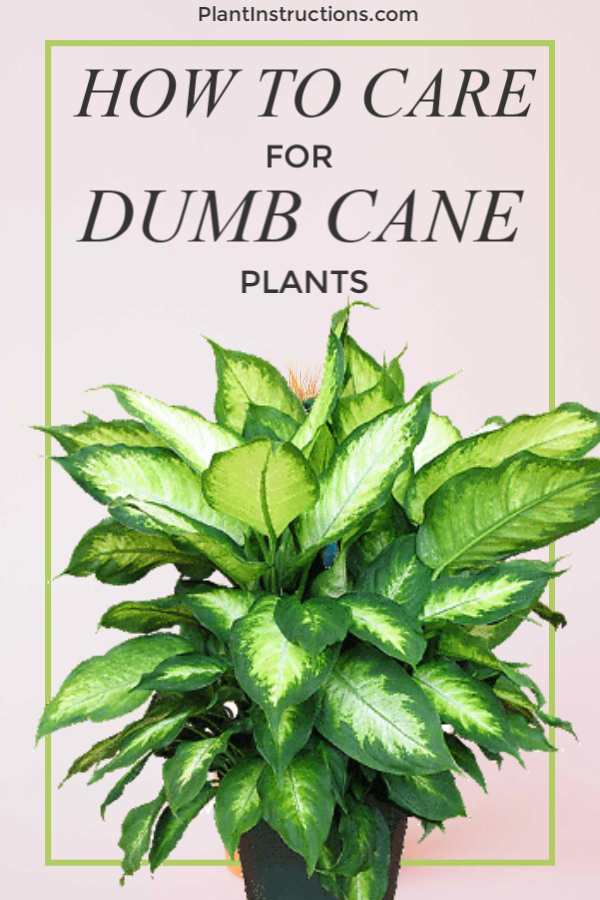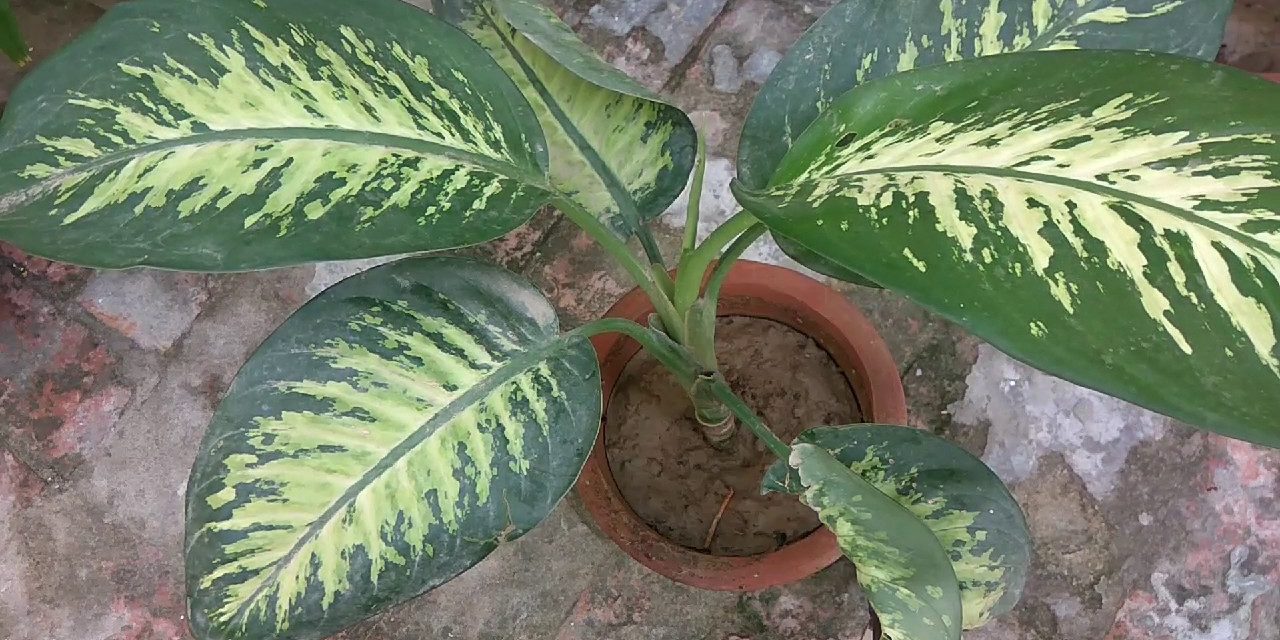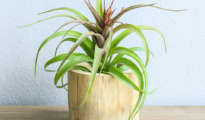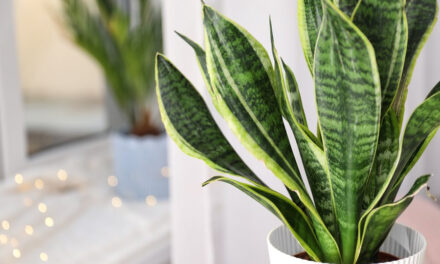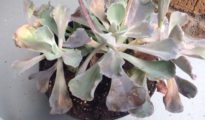Dumb cane plants, also known as diefenbachia compacta, are plants that are native to Mexico, Argentina, and most of South America. These houseplants are relatively easy to care for, and have broad, large, and patterned oblong leaves. Depending on the variety you have, they can be small, tabletop plants, or can reach up to 5-6 feet in height. These make great houseplants, so if you're interested in learning how to care for dumb cane plants, keep reading this easy to follow gardening guide!
One word of warning though: dumb cane plants are poisonous and should be kept away from small children and pets. So, if you DO have small children and/or pets, these plants are not for you!
Caring for Dumb Cane Plants
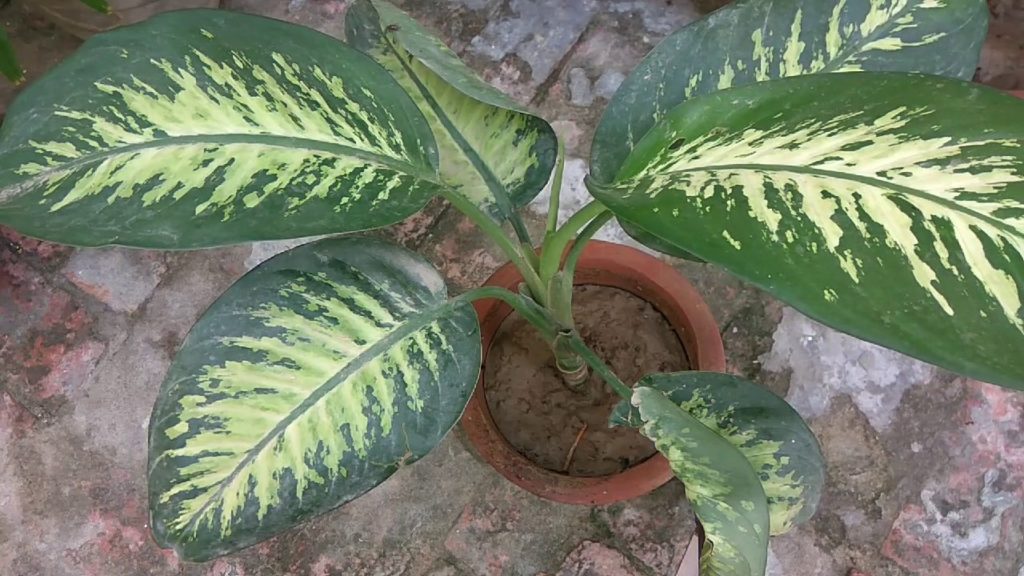
Light:
These plants will need medium to high light. Try not to place in direct sunlight as the leaves can burn and eventually dye off. Place these plants in indirect sunlight.
Water:
Water the dumb cane plant well and allow the top 2-3 inches of soil to dry out before watering yet again. Water regularly.
Soil & Pot Size:
Use a rich, organic mixture that drains really well. Use a regular sized pot, but re-pot in the spring if roots have grown, and choose a pot that's 2-3 inches larger than the previous one.
Fertilizer:
Fertilize only when the plant produces new leaves. Feed every 2 weeks in the summer and once a month in the spring and fall. Do not feed in the winter.
Temperature:
Make sure your dumb cane plant is in a climate where the temperatures are above 60F. Leaves will turn yellow if the plant is exposed to colder temperatures.
Humidity:
These plants love humidity, and therefore can make great bathroom plants!
Flowering:
As soon as you see flowers forming, cut them off to encourage larger leaves.
Pests:
Dumb cane plants are susceptible to spider mites and mealy bugs.
So now that you know how to care for dumb cane plants, it's time to roll up your sleeves and get to planting!
Like this post? Share, Pin, and Comment Below 🙂
